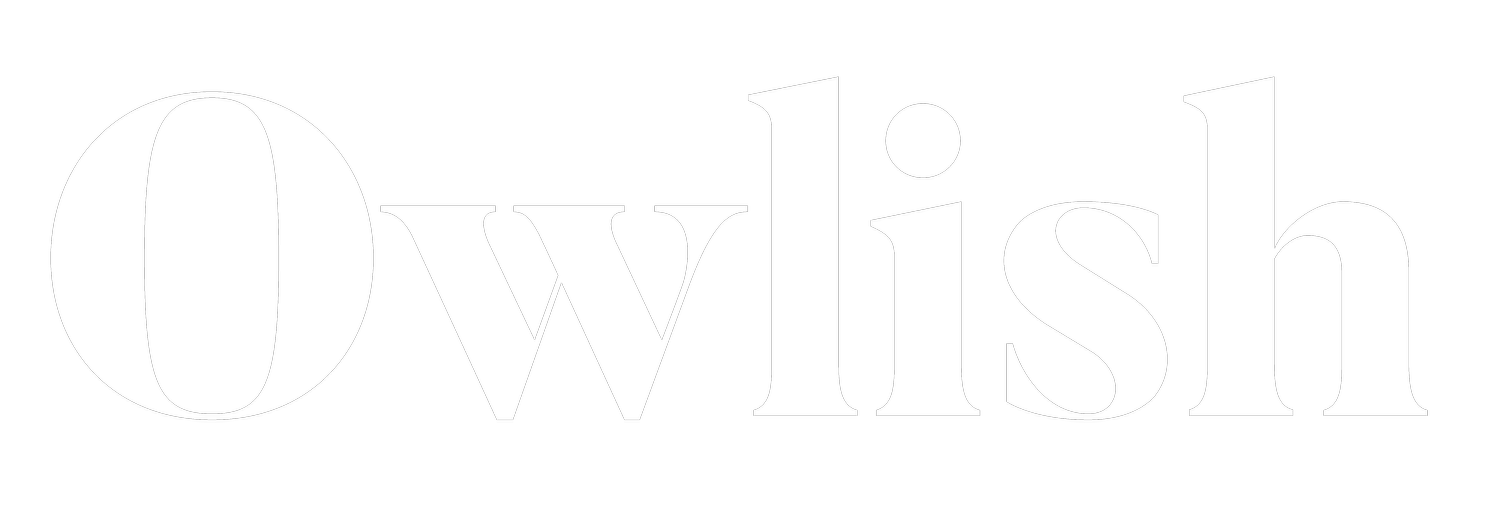Back-to-School Advertising: The Role of Marketing in Attracting Students and Parents
As summer fades and fall approaches, the familiar buzz of back-to-school preparations fills the air. Alongside shopping for school supplies and new outfits, a significant amount of attention is directed towards marketing strategies aimed at attracting students and parents. Back-to-school advertising has become a lucrative industry, with businesses vying for a share of the consumer pie. In this article, we'll explore the dollars spent on back-to-school ads and the vital role marketing plays in getting kids and parents ready for the new academic year.
The Dollars at Play:
Back-to-school spending has grown into a substantial economic force, with advertisers keen to tap into this annual ritual. According to data from the National Retail Federation, in 2021, back-to-school and college spending in the United States alone reached a staggering $108.1 billion. This includes expenses such as clothing, electronics, school supplies, and more. Businesses allocate a significant portion of their marketing budgets to create enticing campaigns that resonate with their target audience.
Crafting Compelling Campaigns:
At the heart of the back-to-school advertising frenzy lies the art of crafting compelling campaigns. Marketing professionals employ a range of strategies to attract both students and parents.
1. Emotional Appeal:
Marketing experts understand that back-to-school is not just about practical necessities; it's an emotional transition. Advertisements often leverage the sentimentality of parents seeing their children grow and embark on a new academic year. Emotional storytelling taps into the shared experiences of families, fostering a connection with the brand.
2. Deals and Discounts:
Back-to-school shoppers are price-conscious. Brands frequently offer deals and discounts to lure consumers into their stores or websites. Limited-time offers and bundle deals encourage parents to take advantage of savings while ensuring their children are well-equipped for school.
3. Influencer Collaborations:
In the digital age, influencers hold sway over consumers' decisions. Brands partner with popular influencers who have an audience of students and parents. These collaborations lend authenticity to campaigns and enable brands to reach a wider demographic.
4. Personalization:
Tailoring campaigns to specific age groups and demographics is crucial. Elementary school students, middle schoolers, high schoolers, and college students have differing needs and preferences. Effective campaigns address these nuances to engage each segment effectively.
5. Digital Dominance:
Online platforms have become the battleground for back-to-school marketing. Social media, search engine ads, and email marketing are just a few ways brands engage with consumers. These platforms offer precise targeting options, ensuring advertisements are seen by the most relevant audience.
The Parent-Child Dynamic:
While students are often the primary recipients of back-to-school products, parents are the decision-makers. Effective marketing recognizes this dynamic and addresses both audiences. Brands that can align their messaging with the concerns and aspirations of both parents and students are more likely to succeed.
Back-to-school advertising is not merely about promoting products; it's about tapping into the essence of a transitional period for families. The significant dollars spent on campaigns reflect the importance of this annual event in the lives of students and parents. As marketing strategies continue to evolve and adapt to changing consumer behaviors, the role of advertising in shaping back-to-school experiences will remain a pivotal aspect of the retail landscape.
